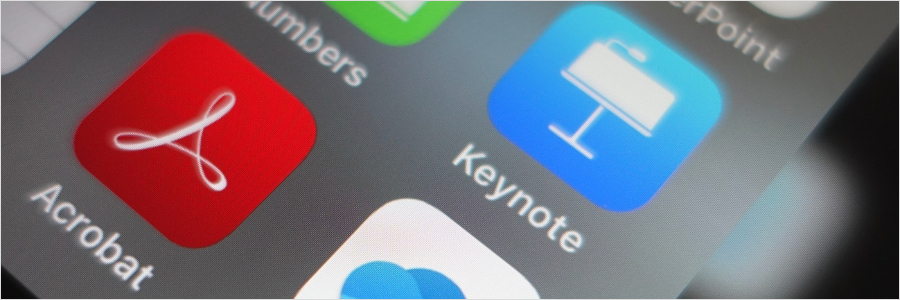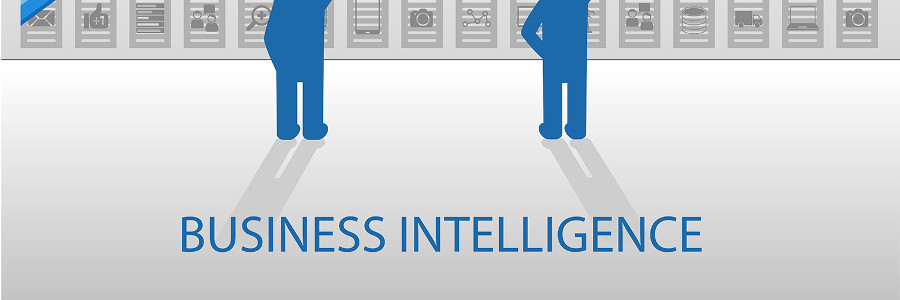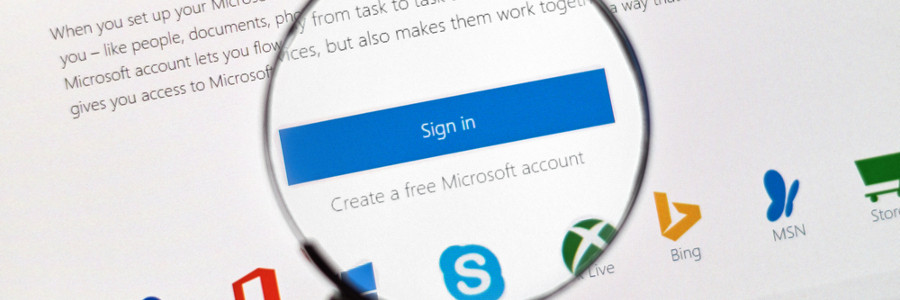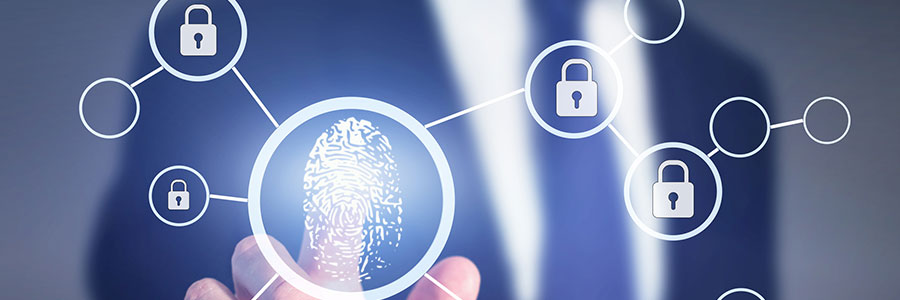If you’re buying computers for your startup or upgrading your small business’s existing machines, you need to decide whether laptops or desktops are right for your needs. To help you choose, consider these five factors.
Portability
The COVID-19 pandemic has driven most businesses to adopt remote work and hybrid work setups.
Should your small business use laptops or desktops?










